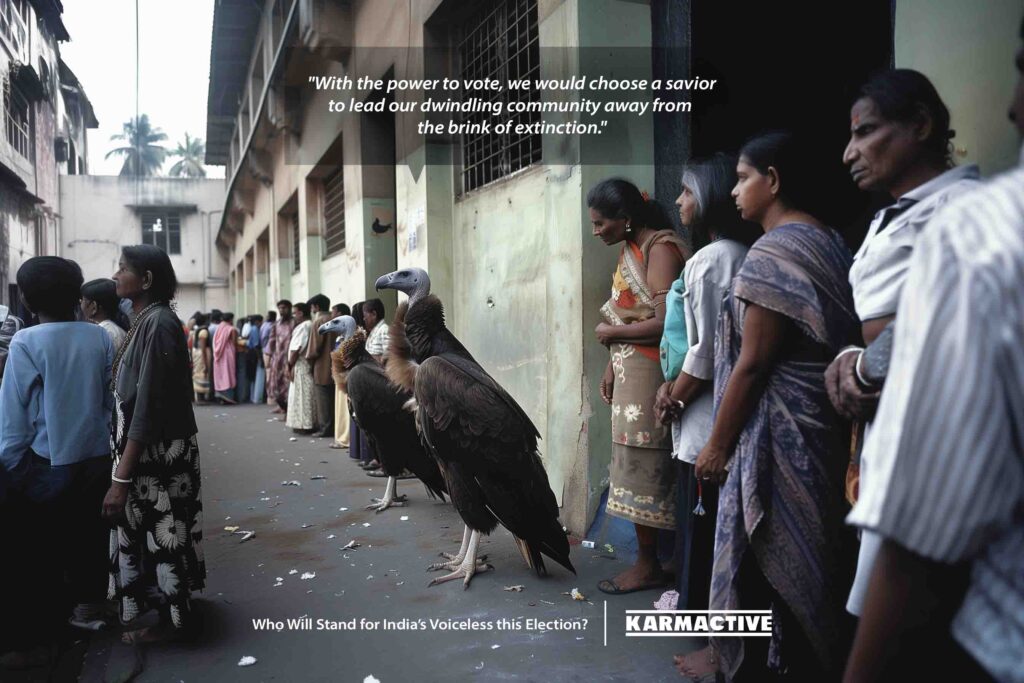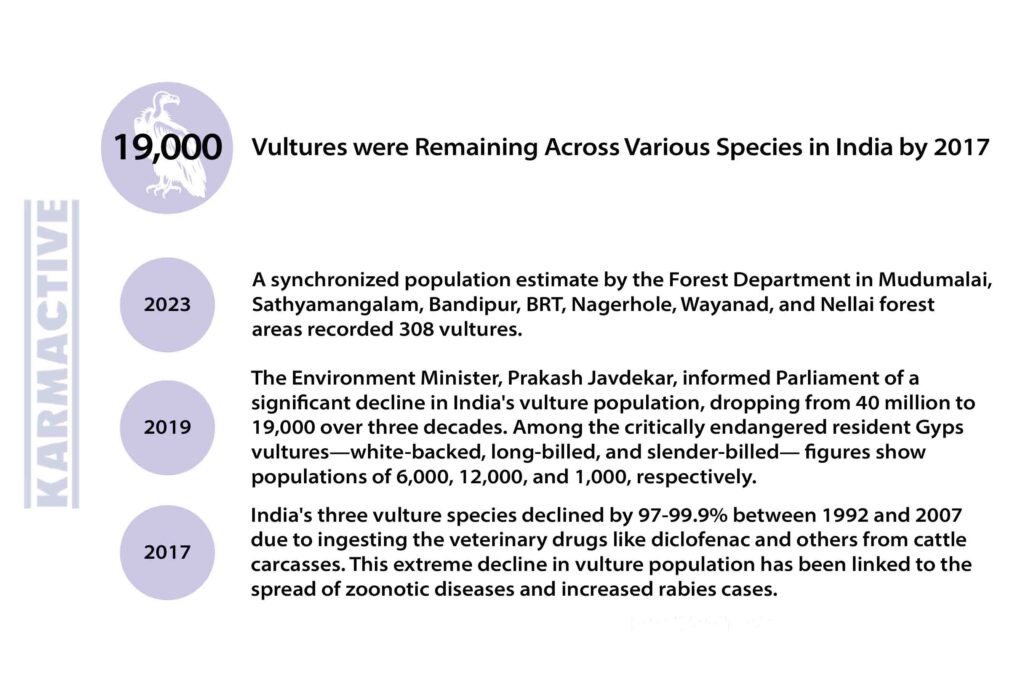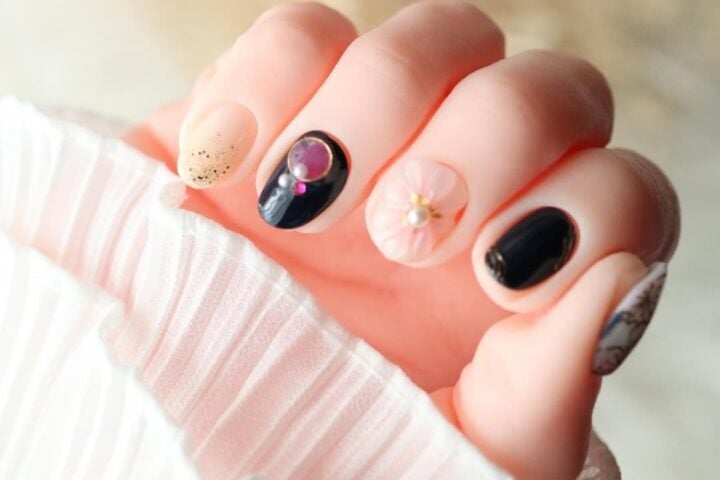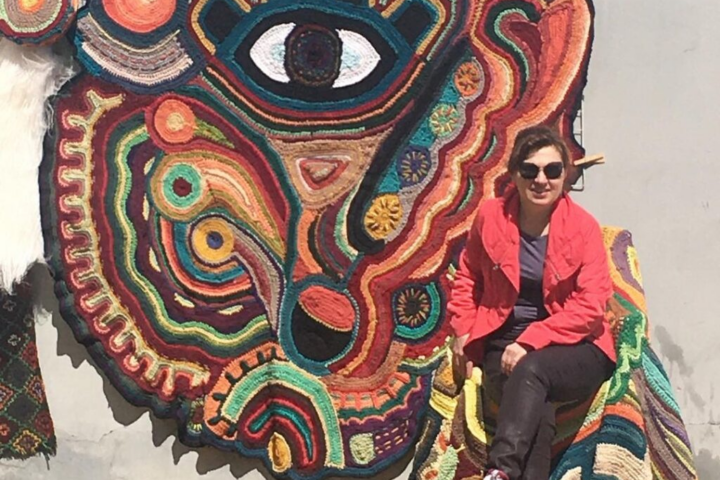India is in the middle of the biggest general election ever. Almost one billion voters are voting to elect the 18th Lok Sabha, making it the largest in the world. There are polling officers, election agents, returning officers, election observers, and a battalion of staff making polling arrangements, besides police on law and order duty. Amidst the election campaigns and voting schedules, there is a silent world within the environment watching this huge exercise. It affects them, but nobody bothers about them. Karmactive.com is bringing these entities to the center stage with a campaign that coincides with India’s general elections.
“The initial idea of the campaign was to amplify the voices of those typically unheard—the silent stakeholders like wildlife, forests, marine life, plant life, and many others,” said Rahul Somvanshi, Creative Operations and Strategic Planning Lead at Karmactive. He along with his team have created and planned this creative endeavor with the motive to stand for this voiceless citizens of India. The campaign is aimed to explore how these rightful stakeholders of the Indian landscape could be represented and given a stage to raise their concerns in India’s general elections, among the largest globally.


“We observed that none of the political leaders or representatives were addressing crucial issues related to wildlife, forests, pollution, and climate change. This gap is significant, given the interconnectedness of ecosystems,” Rahul asserted. “Neglecting this balance can result in severe personal health risks, including the spread of diseases and lifestyle-induced health setbacks,” he added. Evidently, on a broader scale, the increasing frequency of natural disasters and extreme weather conditions is far from coincidental.
Rahul Somvanshi explains what kind of imagery they were aiming for, “we wanted something interpersonal, almost intimate—a creative approach! We thought using imagery of wildlife engaging in a human activity like voting could really resonate with people.” Making the visuals for the campaign was a lengthy process with many stages of brainstorming and critical choosing before the team actually started producing the content. They were juxtaposing the normal with impossible, playing with imagery, placing particular wildlife species in queues at fictional voting centers in India. The intentions were clear; it had to emphasize that wildlife, too, have a say in the decisions made by elected leaders.
These species waiting in the queue give insights into their world, what they would expect or wish to have from their choice of leaders. “This was our tool to present issues concerning specific species and highlight them. For instance, we have a pangolin describe their expectation from their leader to solve the issue about the illicit trade of pangolin scales, as many of them are victim of the illicit cross-border trade,” Rahul reiterated.

The creative team at Karmactive understood that highlighting the plight of the pangolin can make the issue more tangible and urgent for people. Presenting the illegal trade and its impact on such a unique species can be very effective in drawing attention and empathy. “I thought it would be a powerful way to give a voice to wildlife and highlight their needs and expectations from leaders,” Rahul added. “By personifying wildlife and having them discuss their preferences, you’re making a strong emotional and ethical appeal to voters.”
The creatives are fictional, where species are being juxtaposed into human settings like contemporary Indian voting centers. “Obviously, they are not real; they are unreal visuals,” Rahul exclaims. “But they would create some kind of curiosity in the minds of the viewers, and most probably, they will go ahead and at least read what it says.”

Rahul is very passionate about this issue. He would like to have a call to action, allow viewers to take it further and make a difference on the ground, “but this is challenging in the current political climate where parties are mostly engaging in below-the-belt politics,” he said. According to Rahul, navigating the campaign in such an intense political climate can be difficult. “One approach could be to focus on education and awareness, and possibly build a base of supporters who are informed about these issues,” he elaborated.
The team ran over many ideas and could plan an elaborate campaign, incorporating educational content, petitions, and pledges, virtual events, volunteer actions, and direct appeals, among others. Rahul said, “we finally decided to begin this campaign without connecting or collaborating with any conservation groups or various other institutions. Starting independently can definitely give us the flexibility to set our own pace and tone for the campaign.”


As per Rahul, they would begin by spreading the word on social media and gain traction, they might even find that interested organizations naturally reach out to support or collaborate with us. “We are open to engaging with influencers or celebrities who are passionate about environmental issues to share our content. This could help amplify our message quickly and effectively,” he added.
However, Rahul expressed doubts regarding social media platforms and their algorithms. Even if the imagery doesn’t mention any political party or name the ruling government, but just raise voices of the silent ones, there might be good chance that campaign creatives could be considered as inappropriate in the current election season. “The platforms might limit the organic viewership of the campaign and any paid promotions would be rejected,” he reiterated.
According to him, they couldn’t find solution for one of the challenges. Justice couldn’t be done to all the stakeholders of nature, because, visually, it was unjustifiable sometimes. Rahul says, “it’s a fair challenge.” For example, marine life could not be placed in a queue for voting at a voting center, or even a tree could not be inserted there. “So we will continue to do our best to give equal representation to all beings and present their side of the story. If not in this particular campaign, we will continue to present the plight of other species we missed in later campaigns,” Rahul concludes.


Feel free to send us your views on the campaign in the comments>>>





















